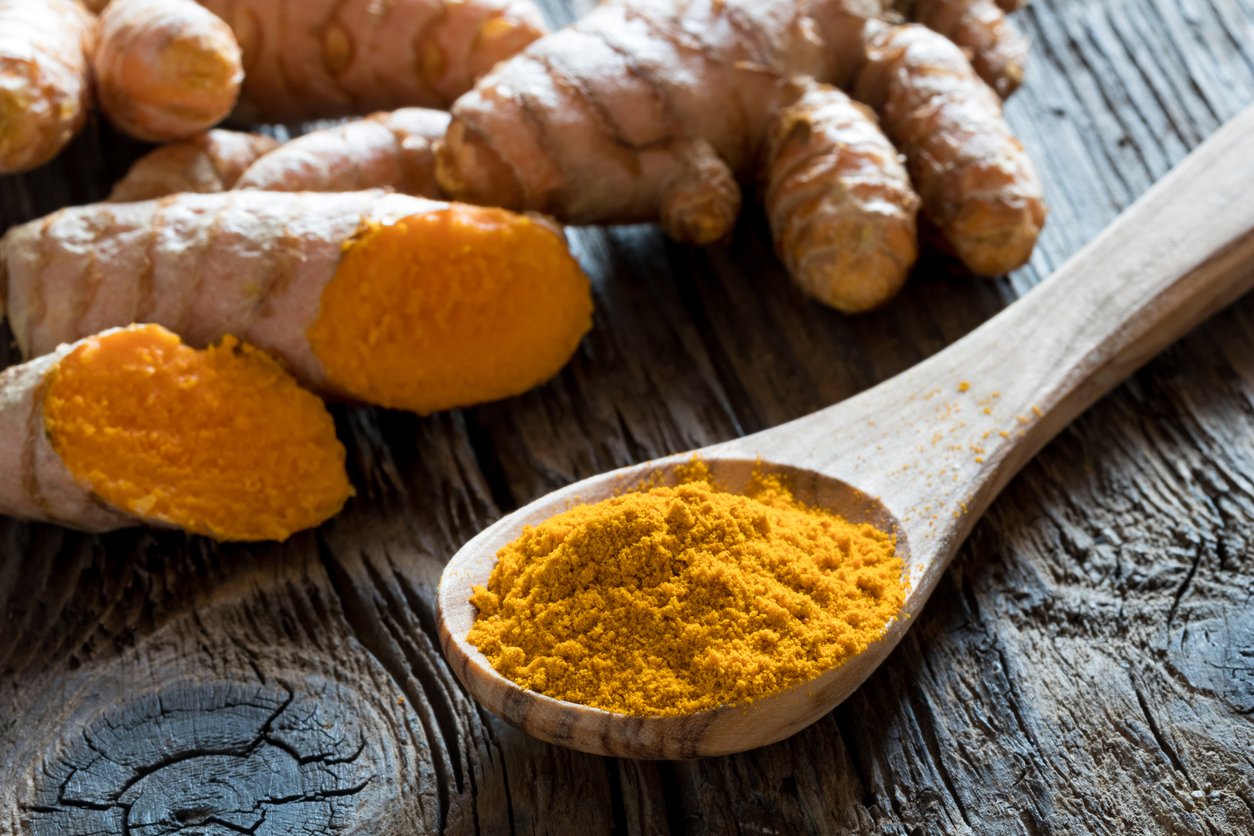If you’ve ever had curry or a trendy golden milk latte, you’ve had turmeric. This fragrant yellow spice is a potent anti-inflammatory lauded for its culinary and medicinal properties in India and other South Asian countries. It’s also popular around the world and is used in Jamaican, Middle Eastern, and Ethiopian cuisines, among many others.
Turmeric’s nutritional profile has also led to its status as a superfood for its multitude of antioxidants and other disease-fighting compounds. In fact, Food Revolution Network recently published a cookbook called Real Superfoods — written by Ocean Robbins with recipes by yours truly — where turmeric features prominently in many a recipe.
In addition to flavoring dishes and lending its powerful health benefits, turmeric also contributes its bright yellow color, which has led to its use as a natural food dye. (And if you’ve ever spilled curry on your shirt, you know that turmeric is also a powerful and permanent fabric dye.)
So how can you reap the highly prized benefits of turmeric? And what are some ways you can incorporate it into your own cooking?
In this article, we’ll look at where you can find the golden spice, whether it’s better fresh or dried, and how to use turmeric in recipes.
What Does Turmeric Taste Like?
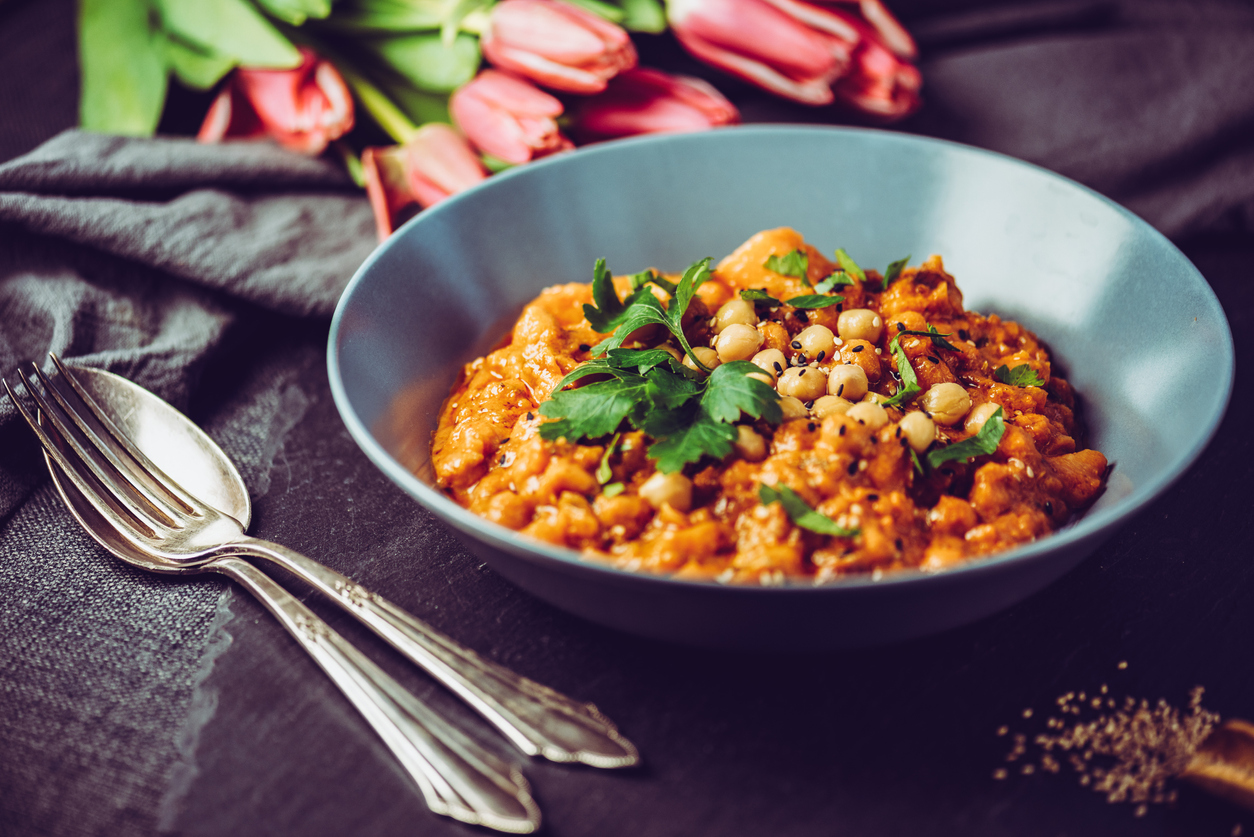
I’m going to sound like a wine sommelier for a minute here because turmeric is a complex spice that isn’t easy to describe. So here goes nothing. I’d say that the best words for the flavor of turmeric are “earthy,” “fragrant,” and “somewhat bitter.” I might also throw in “peppery” and “pungent” for good measure. Those attributes, as well as the spice’s bright yellow color and potent health benefits, can be traced back to curcumin, the active compound in turmeric that’s a proud member of the polyphenol family.
And while turmeric bears a close resemblance to some curry powders, it’s not the same thing. You can often find turmeric as an ingredient in curry, which is actually a spice blend that also features cumin, coriander, cardamom, cloves, and cinnamon, among others (this curry is brought to you by the letter C).
Where to Buy Turmeric
Like curry powder, you can find dried, powdered turmeric in most grocery and health stores in the US and throughout the industrialized world. You can also find it online and at Indian grocery stores. Both of these options are good sources if you plan to use it often and prefer to buy it in bulk.
Fresh turmeric is harder to find. In the US, the tropical plant is grown mainly in Florida and Hawaii, where it’s in season from winter to summer. If you live in a tropical zone, you may be able to get fresh turmeric at a local farmers market. But because it’s hard to find US-grown turmeric, the US is actually the world’s largest importer of turmeric.
Some Western grocery stores (including Sainsbury’s in the UK and Publix, Walmart, and Whole Foods in the US) may carry fresh turmeric. It looks a bit like fresh ginger root, except the turmeric root is thinner and yellower. Natural foods and Indian grocery stores may also have it in stock. In Europe, the Netherlands has become the champion turmeric purchaser, surpassing the UK following the trade upheavals that accompanied Brexit.
However, India is the world’s largest producer of turmeric, with the majority coming from the state of Andhra Pradesh. The two turmeric growing seasons in India are February–May and August–October.
If you happen to be in India, you will have no trouble finding turmeric at the many spice markets in towns and cities across the country. The Indian healing tradition of Ayurveda has venerated turmeric for millennia for its culinary and medicinal properties. It’s also used on religious occasions and in wedding ceremonies. Brides don necklaces dyed with turmeric. And in the pre-wedding haldi ceremony, couples and loved ones are smeared with a turmeric paste.
How to Choose and Store Turmeric
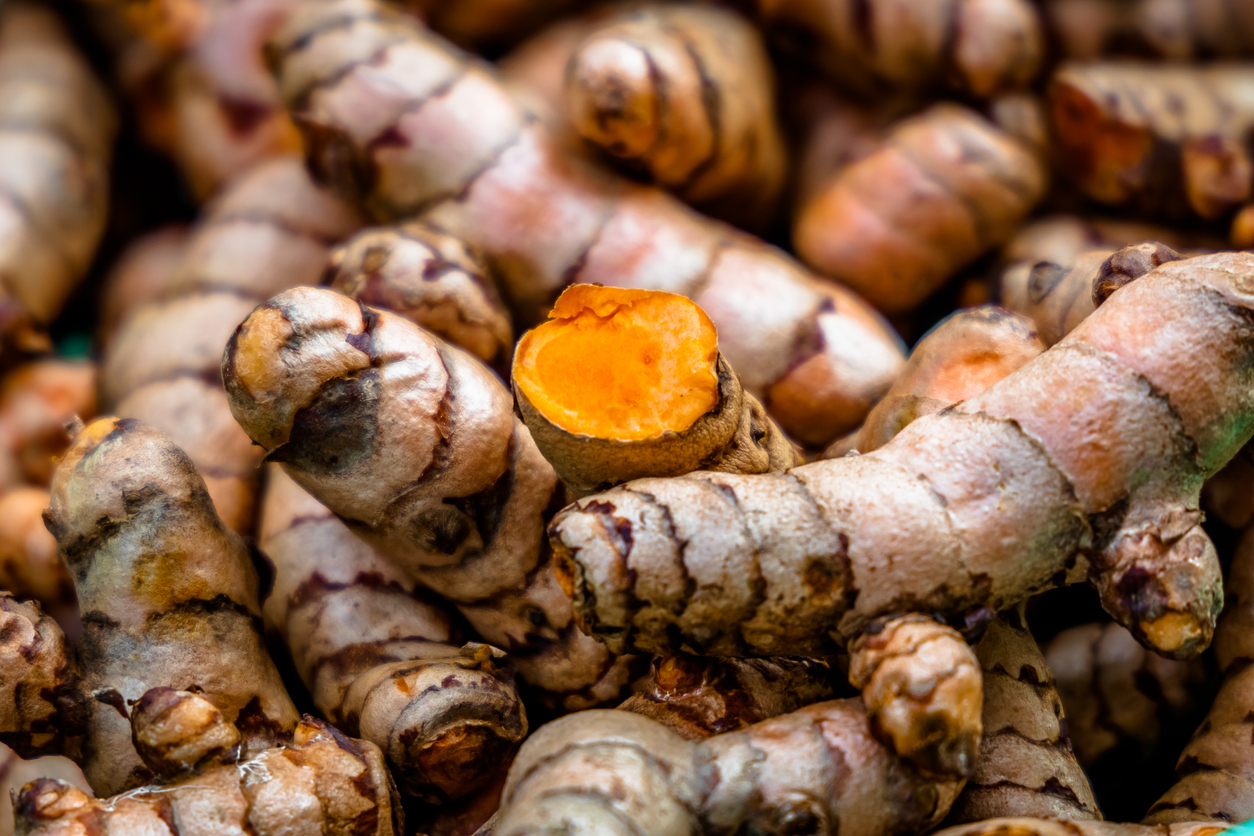
Like its cousin ginger, turmeric is a rhizome, or subterranean plant stem. Shop for fresh turmeric the same way you would for ginger: Look for pieces that are plump, firm, and free of soft bits, mold, or cuts. The root should have a bright orange or yellowish color.
A healthy turmeric rhizome will keep for a couple of weeks in your refrigerator. Store it in a produce bag with a paper towel wrapped around the root to absorb moisture and prevent mold.
After cutting fresh turmeric, store it in an airtight container. You can also freeze turmeric. So if you find a nice root at a good price, you can preserve the goodness for up to six months. Just cut it into pieces first, and store them in a freezer-safe bag or container. For bonus points, peel or scrape off the skin, so you have cooking-ready turmeric as soon as you pull it from the freezer. Frozen turmeric is delightful to grate, as long as you remember to stop before adding your fingertips to the recipe.
Dried turmeric, like many other dried herbs and spices, can last up to three years. If you like, you can try your hand at making your own turmeric powder by first drying turmeric in a food dehydrator. After it’s dry, you just break it down in a food processor or blender and store it in a cool, dry place.
How to Cut and Prep Fresh Turmeric
Before using fresh turmeric, wash it well to remove any dirt. Research shows the best way to clean produce of any kind is in a solution of baking soda and water. This not only cleans the item but also helps remove surface pesticides.
Fresh turmeric can stain your hands, cutting boards, clothing, and pretty much anything else it touches. If you aren’t into temporary amber-colored tattoos, you may want to use kitchen gloves when cutting the roots.
Peeling turmeric is optional, but may be a good idea texture-wise since it removes the papery skin. Once peeled (or not; you do you!), the most common ways to prepare it for cooking are grating or thinly slicing the pieces.
Increasing its Bioavailability
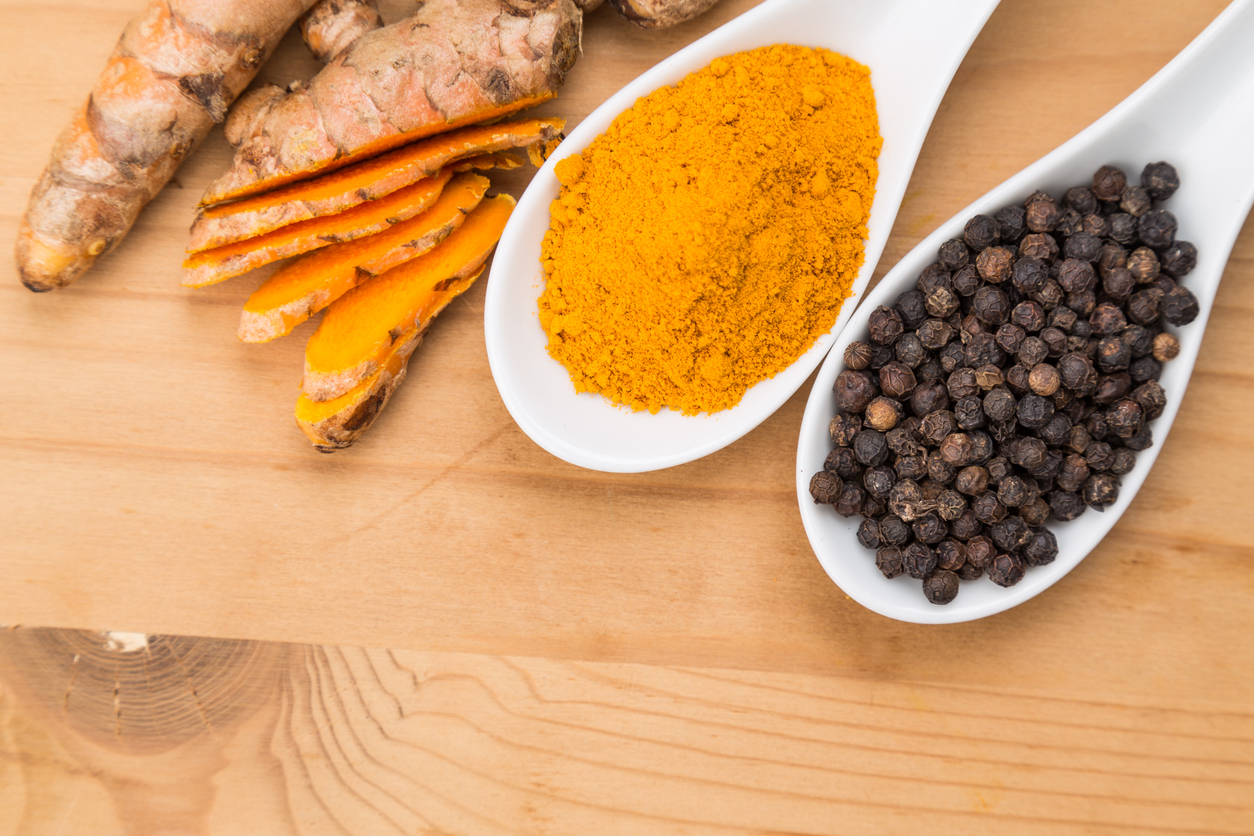
While turmeric is a culinary superstar on its own, it’s also a team player with other spices. Pairing fresh or dried turmeric with black pepper increases the bioavailability of its curcumin.
While most of the research on this phenomenon has been conducted on rats, the levels are astounding and probably apply to humans as well.
A 2010 study found that adding pepper to turmeric that was fed to epileptic rats (our view on the use of animals in medical research is here) increased the absorption of turmeric by a whopping 20 times.
Another study (with human subjects) found that 2 grams of curcumin combined with 20 milligrams of piperine (the active component in black pepper) increased the bioavailability of curcumin by 2,000%! As you can see, you don’t need much black pepper to significantly increase the effects of curcumin.
If black pepper isn’t something you routinely add to meals, heat and the addition of fat alongside turmeric (like in FRN’s Creamy Golden Milk below) can also increase curcumin’s absorption — although these two methods are less effective than black pepper.
How to Use Turmeric
If you’d like to use fresh turmeric in a recipe that calls for dried turmeric powder, a one-inch piece of fresh turmeric is the equivalent of one teaspoon of dried turmeric.
Now that you know that, however, what are some of the best ways to use turmeric in your diet? Here are just a few ideas:
- Raw and grated over salads
- Cooked into stir-fries and rice
- Steeped to make tea
- Mixed into drinks like smoothies or golden milk
- As part of a homemade spice blend for curries and other Indian dishes
- In stews, soups, and chilies
- In baked goods
- In sauces, dressings, and marinades
- To color tofu when used as an egg substitute, like in tofu scramble and breakfast hash (pro hint: you need less turmeric than you think)
Turmeric Recipes
Turmeric is a diverse and nourishing spice that is warming, comforting, and nourishing with its earthy flavor and vibrant golden hues. Whether you choose to use fresh or dried turmeric, there is no shortage of creative and delicious ways to enjoy the benefits of this healing spice. Discover some of the best ways to cook with turmeric!
1. Turmeric Tahini Slaw
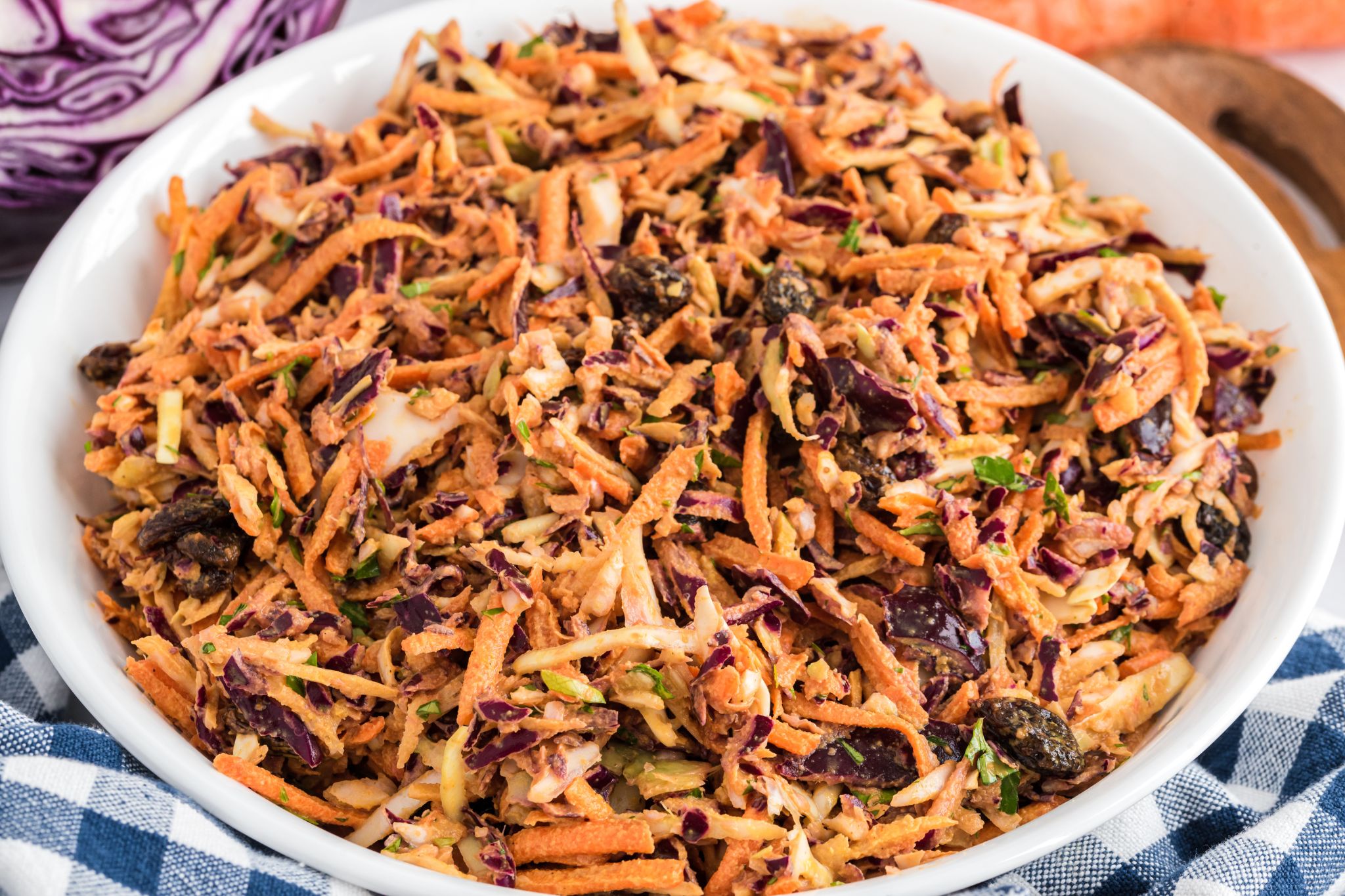
Turmeric Tahini Slaw is a simple yet creative way to enjoy the healing benefits of turmeric, whether on its own as a crunchy and craveable salad, or as a topping for tacos, burgers, burritos, or grain bowls. There’s plenty of fiber, a cornucopia of colorful veggies, and powerful anti-inflammatory benefits from turmeric — what’s not to love?
2. The Ultimate Immune-Supporting Soup
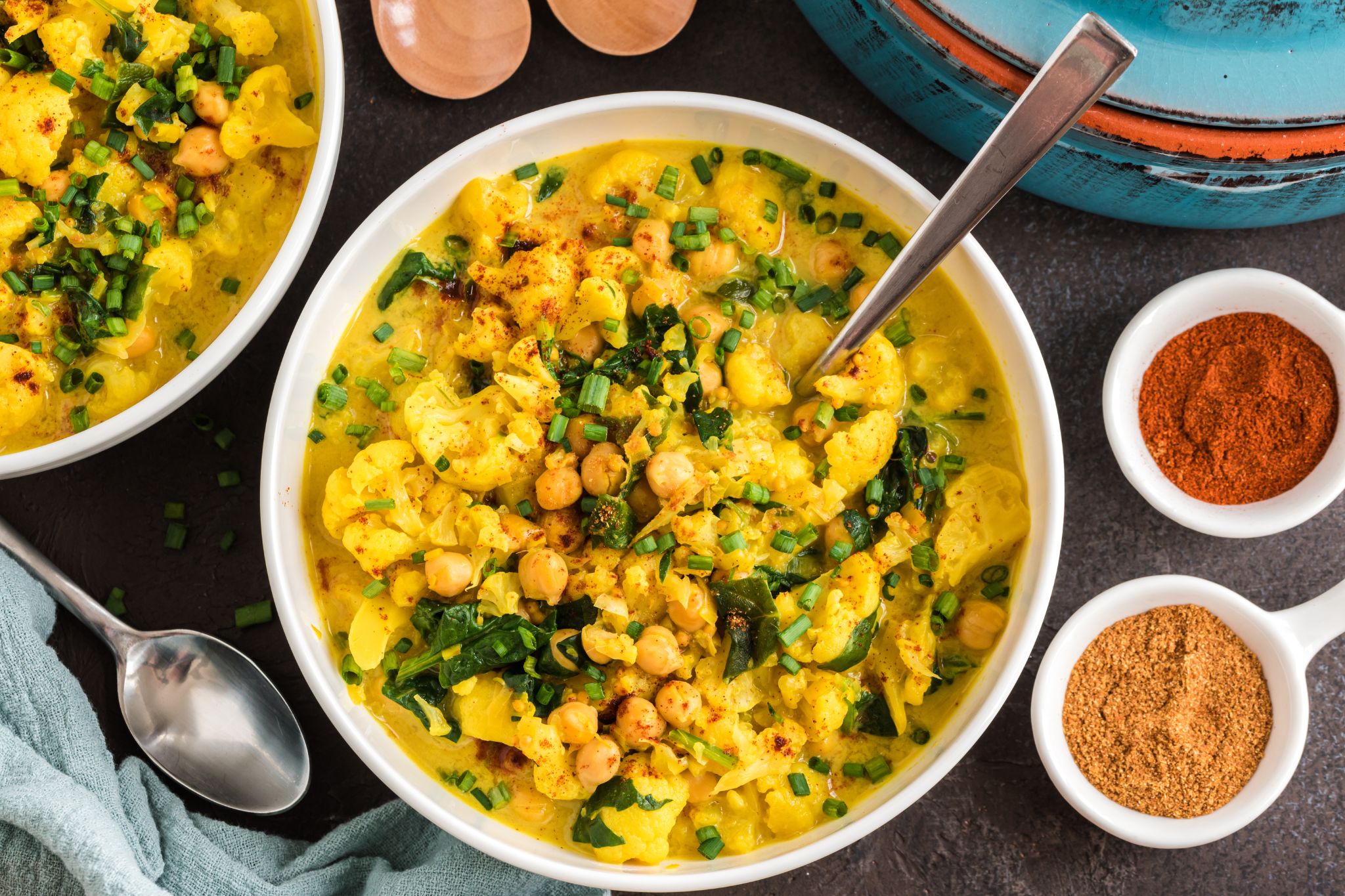
The Ultimate Immune-Supporting Soup can help you feel well in cold weather and beyond. This savory soup is filled with powerful spices, including turmeric, ginger, and cumin, and alliums, like garlic and leek. Along with herbs and spices, it’s bountiful with cruciferous veggies and plant-based protein, too. Enjoy a big bowlful of this turmeric recipe whenever you need a boost in nutrition!
3. Buckwheat, Tofu, and Broccoli Curry
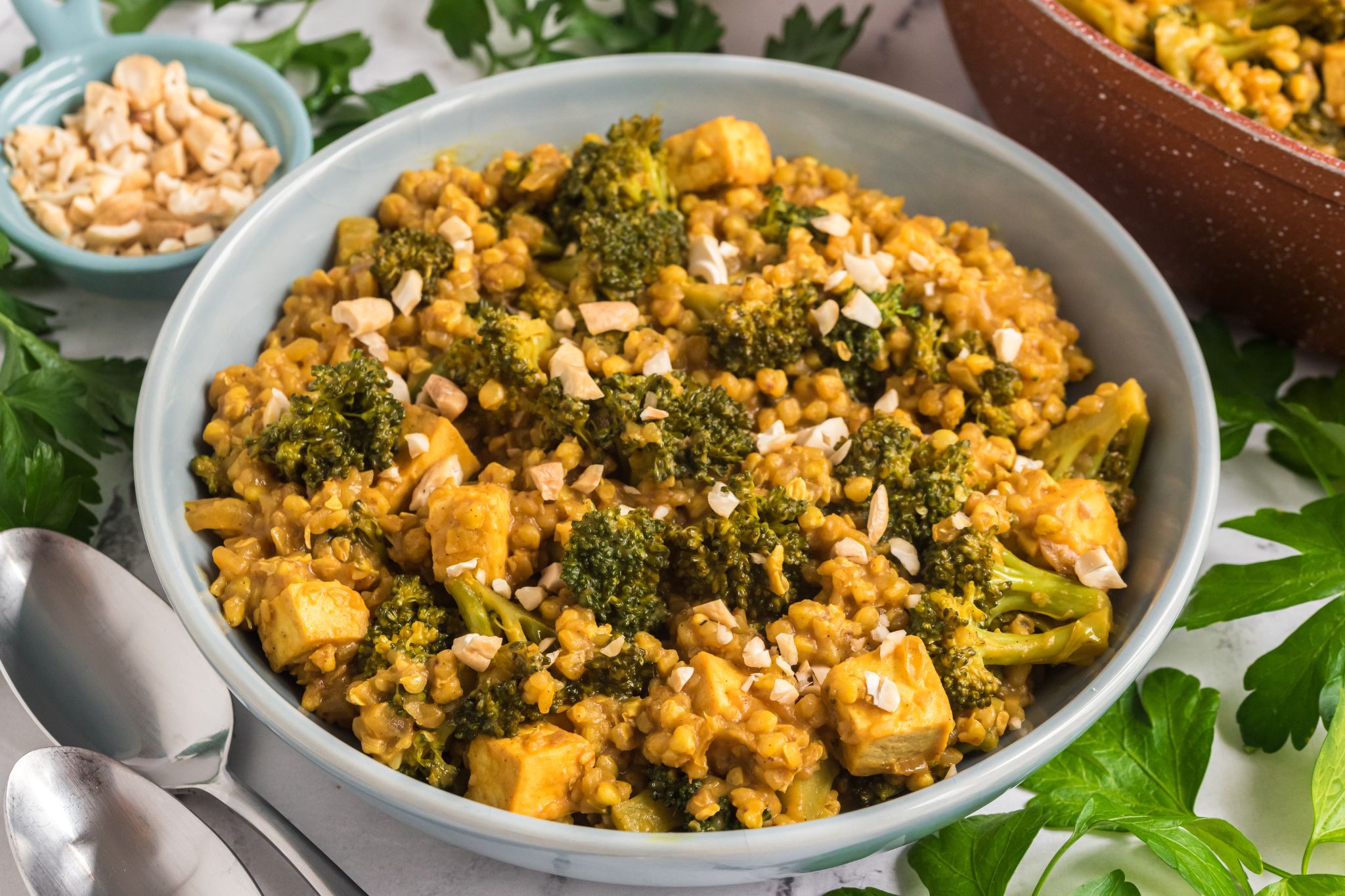
Hearty, satisfying, and invigorating, thanks to curry spices, plant-based protein, chewy buckwheat, and crunchy broccoli, this dish delivers flavor, texture, and nutrition. Turmeric gives this superfood buckwheat curry a deeply rich golden color (and lots of anti-inflammatory power) that will warm you from the inside out — which may have you glowing from the inside out, too.
4. Saffron Turmeric Rice

Fluffy, fragrant, and full of flavor, Saffron Turmeric Rice is a savory and vibrant fusion of fragrant saffron-infused brown rice. Along with the pure anti-inflammatory goodness of golden turmeric, this recipe creates a delightful rice dish that ranks high in nutrition. It’s also a fun and tasty way to enjoy the healing powers of both saffron and turmeric!
5. Zesty Turmeric Ginger Carrot Cake
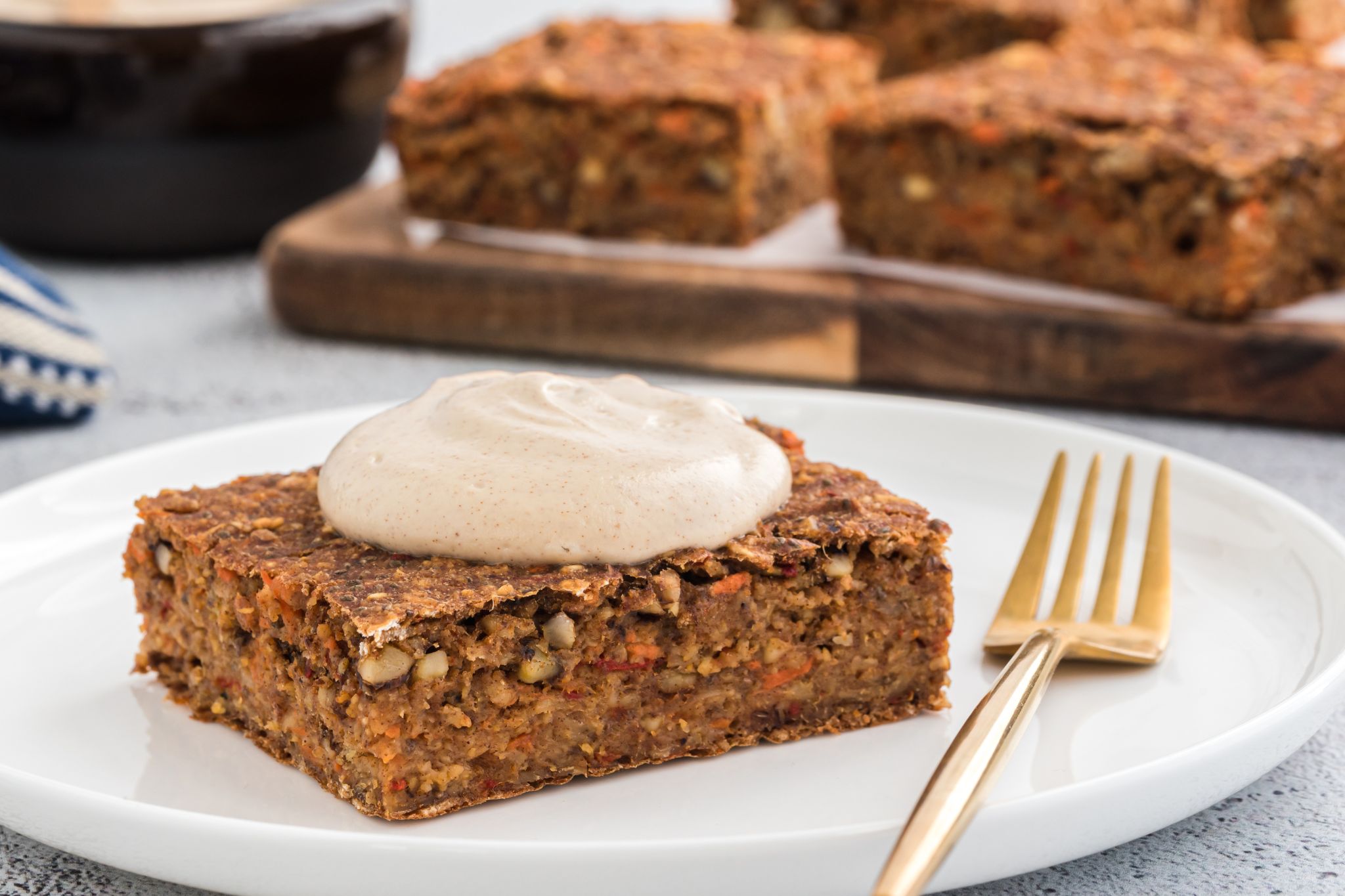
Fresh ginger and turmeric bring this wholesome carrot cake to life. These two spices are anti-inflammatory superstars with their phytonutrients gingerol and curcumin, respectively. Heat activates the curcumin in turmeric. But you also have the option of adding a bit of black pepper to the dry ingredients, which has been shown to be most effective in turning on curcumin’s magical powers. Enjoy a slice of this carrot cake with your favorite plant-based milk, and let dessert nourish you!
6. Ginger Turmeric Pineapple Lemonade
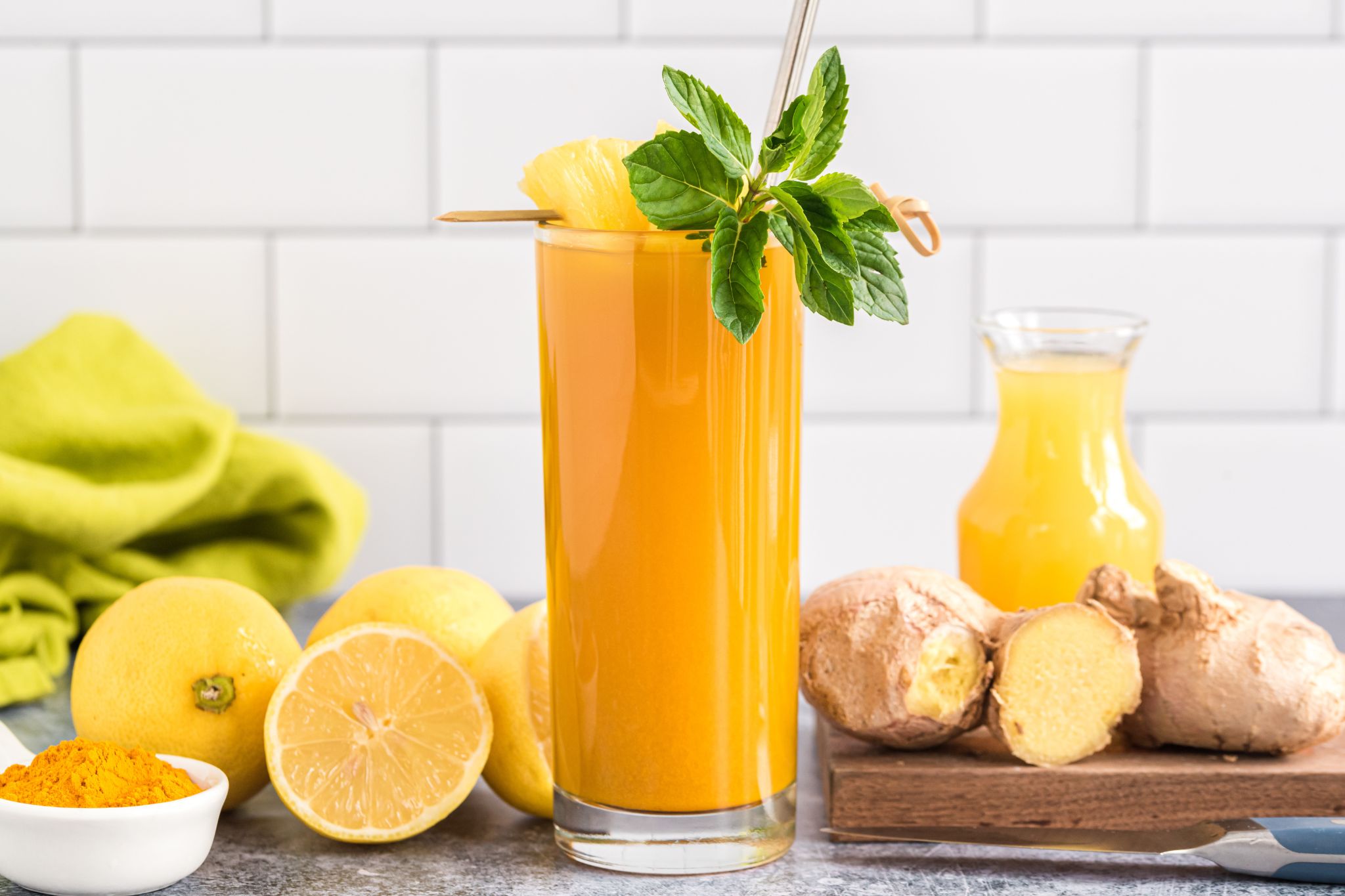
Refreshing, yet invigorating and healing — that’s how this soothing Ginger Turmeric Pineapple Lemonade feels as you’re sipping and savoring it. Use fresh ginger and turmeric if you’re able to find them, as they really make a difference in the flavor of the drink. However, ground turmeric and ginger are lovely options as well (and just as healing as fresh). Let this drink comfort you as you’re enjoying a relaxing activity!
7. FRN’s Creamy Golden Milk

If you love a bit of earthiness paired with a creamy texture and a touch of spice, then this golden milk is for you. Sip on this healing tonic in the morning as a replacement for coffee or as a calming beverage before bedtime, preparing your body for deep sleep. One of our favorite ingredients, tahini, gives this golden milk recipe a little extra creamy sweetness and is a great way to absorb the benefits of healing turmeric.
Get Cooking with Turmeric!
Now that you know how to choose, store, and use turmeric, you can welcome this golden spice into your kitchen to transform ordinary dishes into extraordinary culinary creations. Its earthy and somewhat bitter notes, complemented by the magical health benefits of curcumin, make it a valuable spice across various cuisines, from Indian curries to Middle Eastern delicacies.
And when it comes to incorporating turmeric into your culinary adventures, the possibilities are as endless as your imagination. Experiment with turmeric-infused recipes, creating dishes that delight both your taste buds and your well-being.
Tell us in the comments:
- Do you already cook with turmeric? What are your favorite dishes using the spice?
- Have you ever seen fresh turmeric root at your market or grocer? If so, have you tried it?
- Which turmeric recipe will you try next?
Featured Image: iStock.com/Madeleine_Steinbach
